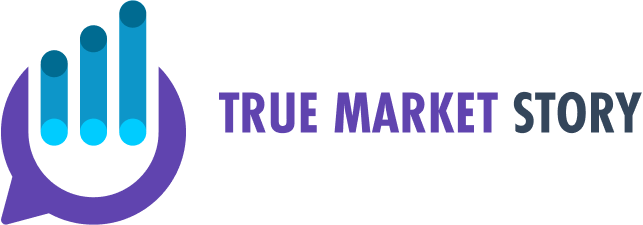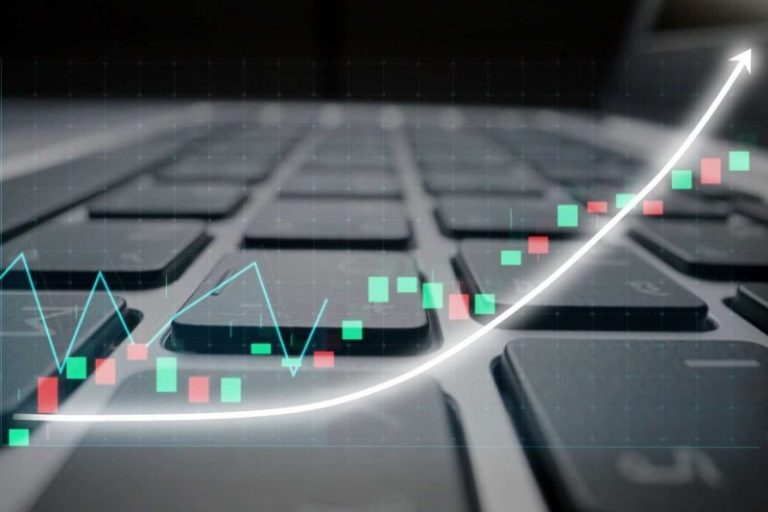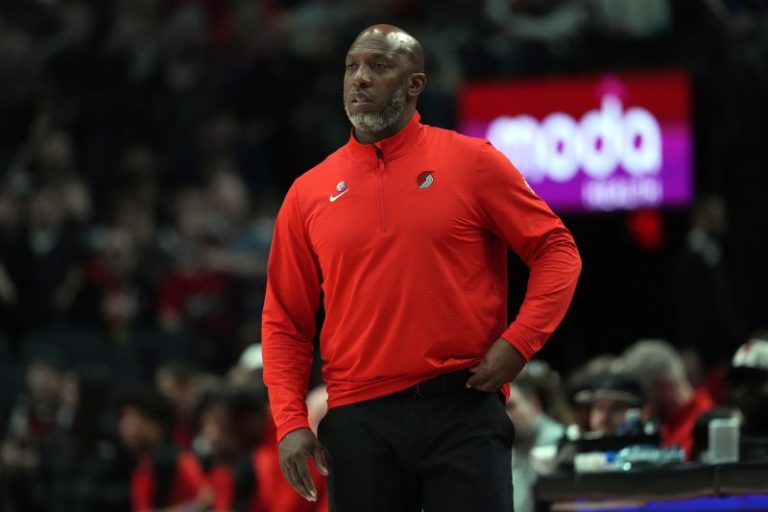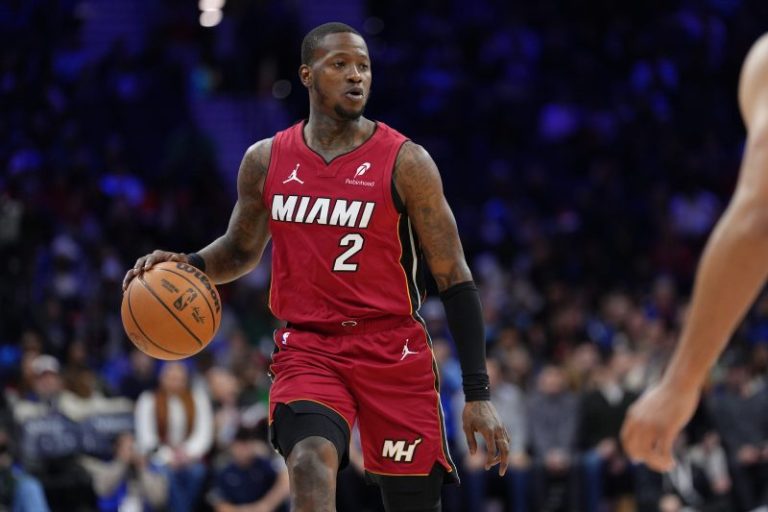TORONTO — Tony Clark, executive director of the Major League Baseball Players Association, restated his concerns over gambling in sports in the wake of the NBA gambling scandal, emphasized that the union will never agree to a salary cap, and believes that the small and large market teams are separated only by their willingness to want to win.
And, oh, yes, couldn’t help but laugh during his 15-minute media session Friday before Game 1 of the World Series at the notion the Los Angeles Dodgers are ruining baseball.
“The question for me would be who is working to create the narrative,’ Clark said, “that is challenging the excellence that we’re seeing.’
The Dodgers have reached the postseason 13 consecutive years with 12 NL West titles, five pennants and two World Series titles. Even if the Dodgers become the first team since the New York Yankees 25 years ago to win back-to-back titles, Clark dismisses the notion that their dynasty hurts competitive balance.
The Yankees never ruined baseball with their dynasty and Atlanta was applauded for their greatness during their glorious run of 14 consecutive division titles from 1991-2005. So why should the Dodgers’ run be treated any different?
“In the late 90s, there were repeat champions and I was actually a player at that time,’ Clark said. “The sky was falling as the Yankees repeated. Here we are, nearly 30 years later and the industry has grown exponentially. The idea that there is excellence among the clubs, you tip your hat to those clubs. There’s opportunities for all 30 teams to be excellent.’
When asked if it were possible that the small-market teams are actually making more money than the large-market teams with revenue sharing, Clark took a lengthy pause before answering.
“All 30 teams have the wherewithal to put a very good team on the field,’ Clark said. “We are provided information that is confidential information. We are not allowed to share that information.’
While MLB commissioner Rob Manfred has yet to publicly declare that he wants a salary cap when the CBA expires Dec. 1, 2026, Clark and the union are bracing themselves that MLB will ultimately seek a cap.
“As a ballplayer before every game, I had read the scouting report,’ Clark said, “and then I appreciated what my history was against that particular pitcher that moment, and I prepared accordingly. The commissioner has been in the game for a long time. I’ve been in the game for a long time. … We’ll sit down, as we always do, with an eye on trying to find common ground.’
When asked if there possibly be a salary floor to force teams to spend on their player payroll instead of putting the money into their bank accounts, Clark said he wasn’t going to negotiate their strategy through the media.
“The issues that we see in the system we know can be addressed without a cap,’ Clark said.
It’s unknown whether a potential lockout will affect teams’ spending in free agency this winter, but clubs are quietly bracing themselves for potential losses in a lockout in 2027. The union also is withholding licensing checks to players in preparation of a potential work stoppage.
Meanwhile, gambling in sports raised its ugly head Thursday when more than 30 people were indicted in a federal gambling sting involving three current and former NBA players and coaches.
“We’ve had the concern since Day 1,’ Clark said. “The safety and well-being of our players has always been paramount as soon as gambling became legal. That hasn’t changed since that time. We work closely with the league to ensure the safety and well-being of our players, so that remains front and center here, that along with the educating of our players, making sure that they understand what they can and can’t do, is consistent and constant.
“But rest assured, every time there’s a situation that arises related to gambling, the concern doesn’t lessen, it gets driven.’
MLB has already had an umpire fired and several players suspended for being involved in gambling, with Cleveland Guardians pitchers Emmanuel Clase and Luis Ortiz are currently under investigation and facing lifetime suspensions if found guilty that they involved with gambling on games they participated in.
The union would love to see legislatures make prop bets illegal to avoid the allegations that Clase and Ortiz intentionally threw pitches out of the strike zone on several occasions.
“We’re in support of removing any types of bets, prop or otherwise, that could create issues for our guyus on the field. We heard a lot about prop bets of late, and it was one of the things we were concerned about from Day 1 as well.’
The union, as well as MLB, also is concerned over the players’ safety with MLB embracing gambling sites as corporate sponsors and running gambling advertisements during their games. There were dozens of players this year that spoke openly about receiving death threats towards them and family members.
“At the point in time when gambling became legalized in the states that it did, we had players within 24 hours reach out and suggest they were suddenly being followed by gambling sites and other entities,’ Clark said. “It’s just a different world. And so every time again, something happens, our concerns become greater. Everyone on some level recognized that the world was going to be different, but the health and safety, put the revenue aside, that may be a part of the equation.
“Our health and safety is first and foremost, and that’s why we hired the security director that we did, and why we work as diligently as we do to make sure that our players and their families are as protected as they can be amid the new environment.’
Follow Nightengale on X: @Bnightengale










